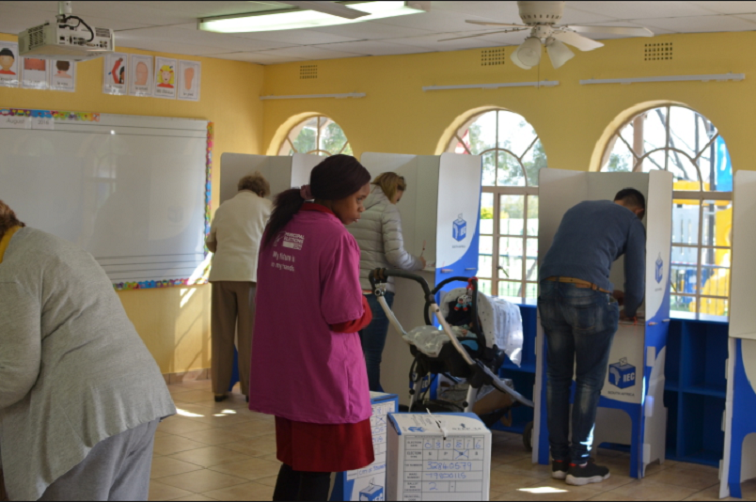There are a record number of political parties contesting Wednesday elections in South Africa. At national level 48 political parties are vying for the 400 seats in the National Assembly. While 48 parties are contesting the 400-seat National Assembly, a total of 78 will contest both an National and Provincial level.
Given that national politics is dominated by just three parties (ANC, DA, EFF), the question arises as to whether a vote for a smaller party is a wasted vote. The notion has certainly been promoted by parties like the DA which suggests that supporting a small party eats away at the DA majority in the Western Cape and its share of votes elsewhere.
Discussion regarding the utility of voting for a small party centre about the limited impact such parties have in parliament. The amount of speaking time party representative are accorded depends on how many seats their respective parties hold in parliament.
Representatives of small parties get very little time to persuade the legislature and are also unlikely to be part of any portfolio committees. These factors suggest that small parties will have minimal influence on the legislature unless they are a key component of a coalition.
There is another sense in which votes for small parties are wasted. This is derived from the way in which the seat allocation in the National Assembly is determined. In essence, the number of valid votes is divided by 401 to determine how many votes result in a national assembly seat.
Votes for parties receiving less than that number are ignored in subsequent calculations – if, for example, the election results in a 60% turnout then 1.6 million votes will be cast. If all, but a tiny fraction of these are valid (not spoilt) then every 40 000 votes will result in a National Assembly seat.
Parties getting fewer than 40 000 seats have a negligible chance of winning a seat in parliament. The party then “loses its deposit” and its supporters are not represented in the legislature.
If, in the above example, the allocation of votes on the basis of the 40 000 does not result in all 400 seats being allocated (as is possible because the number of votes in divided by 401 and not 400) the final seat allocation is determined on the basis of the biggest remainder (the numbers after the decimal point in the above division).
If a party with slightly less than 40 000 votes has the largest remainder it may theoretically win a seat. A similar method is used to determine seat allocation in provincial legislatures.
Voters are thus confronted with a dilemma when voting for small or new political parties. Unless that party wins 40 000 or so votes then their vote may not even be used to determine seat allocations.
However, supporting a minnow or new comer may signal their disillusionment with the big three parties who currently dominate the political landscape.






